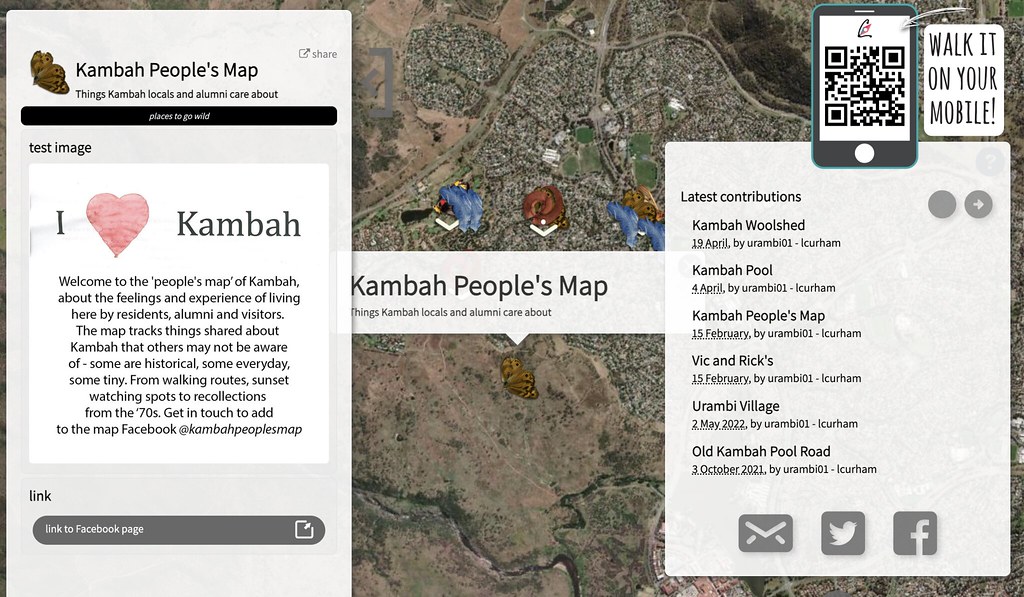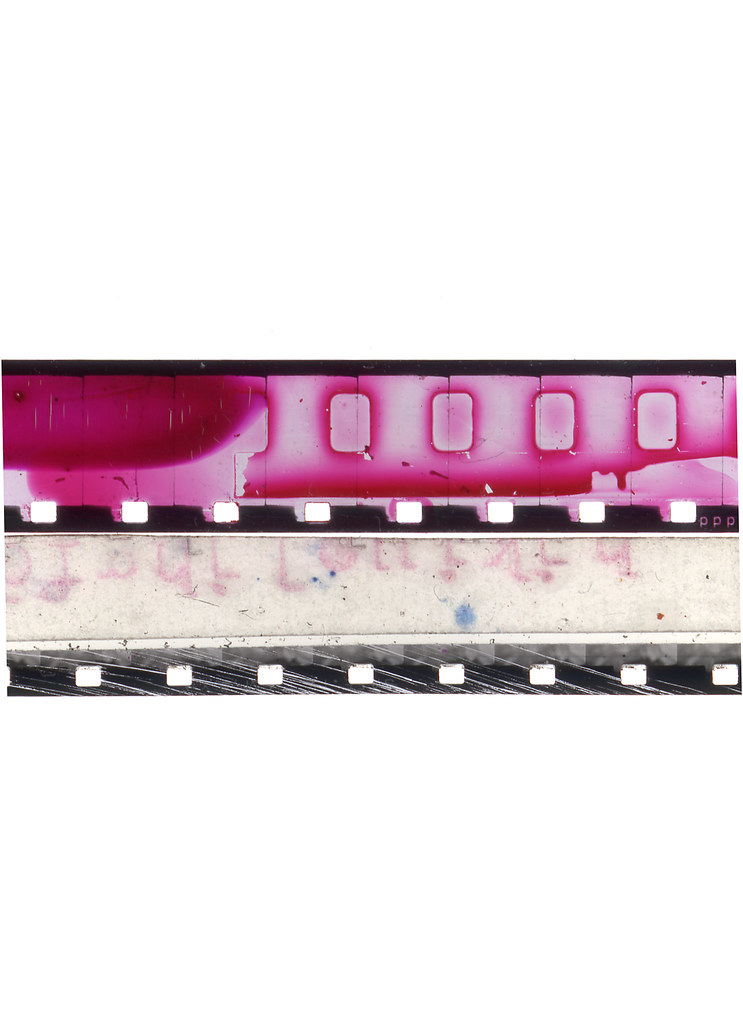#malcolm le grice
Photo

Berlin Horse (Malcolm Le Grice, 1970)
6 notes
·
View notes
Text
Filmaktion
Filmaktion was a loose-knit group of British filmmakers who worked and performed together during an intense period of activity in the early 1970s. Endorsing a more active, participatory experience of cinema, they re-imagined the possibilities for film projection as a live event.
[...] The core members – Gill Eatherley (born 1950), Malcolm Le Grice (born 1940), Annabel Nicolson (born 1946) and William Raban (born 1948) – are major figures in the development of experimental film in the UK. Their commitment to a radical formalist and political agenda shaped an ‘expanded cinema’ marked by multiple screen projections, live film performances and installations. All four were active members of the London Filmmakers’ Co-operative (1966–99), an influential collective that combined the production, presentation and distribution of film in one facility and helped to foster a more artisanal approach to filmmaking.
Filmaktion’s improvisational, participatory and immersive approach to film required a more flexible architectural environment than the conventional cinema. Art venues such as Gallery House in London and the Walker Art Gallery in Liverpool became the primary sites for their events. The more elaborate arrangement of screens and projections and the frequent presence of the artist’s own body in the work carved out a more sculptural, immediate and embodied space for cinema. The role of the spectator was also implicated, as the direct spatial and temporal experience of viewing film became more of a priority than the medium’s ability to record narrative actions staged in the past.
"Filmaktion", Tate Modern, [https://www.tate.org.uk/whats-on/tate-modern/filmaktion]
5 notes
·
View notes
Text
ArtsACT Kambah Turns 50 - application for Arts Activities funding - Feb 2024, Louise Curham support material
Images: maximum ten images (note, several were uploaded with the application)
Video files: maximum three files, and not more than six minutes in total (none included in the application)
Here's a link to my CV.
Some projects from the past two years ...
curating the Antics Hair Microcinema in Canberra with screenings featuring interstate and international work
Canberra Art Biennial 2022 - short film performances
Kambah at Tuggeranong Arts Centre, Jan Feb 2023
Compost Film with B Turner and UK Fredericks at Belconnen Arts Centre in the University of Canberra group show
Images:
In the exhibition Kambah, I used pinhole photography and cyanotypes as a way to investigate the visual experience of Kambah. I photographed everyday scenes. The intention in using old media was to represent things we in Kambah see every day using a process that makes them look different, to encourage residents to think more about these places and what they mean to them.
The following two images were exhibited in 'Kambah' Jan/Feb 2023 at Tuggeranong Arts Centre. Both are produced using Harman direct positive paper in a homemade pinhole camera, built during the Covid pandemic lockdowns.
This image is one of the cyanotypes:
The Kambah exhibition, an installation shot, left to right: Paul Collis poem (commissioned for the exhibition), pinhole camera on plinth, 7 enlargements of pinhole images of Kambah, sitting circle for conversations with visitors and community members, Bennet family 16mm home movie provided by the NFSA, pinhole originals (5x4 inch, clusters of 6-9 images), cyanotypes of plants of Kambah (5 x4 inch, cluster of 9 images).
Media related to the exhibition:
Brian Rope in the Canberra Times 10 Feb 2023
Living Arts Canberra blog, 28 Jan 2023, audio interview
ArtSound FM interview, ABC Canberra Sunday morning interview, Feb 2023.
Reflective article related to the exhibition, ABC Canberra Sunday morning 17 Dec 2023 related to this article.
The purpose of this exhibition was to work towards the 50th anniversary of the suburb Kambah in 2024. It was also to develop entries for the Kambah Peoples Map, in development by me since 2020. The map uses a locative media tool developed by artists in Belgium and Spain. it allows a curated map primarily for use on a mobile phone while in a set location, here's a link to the work-in-progress map.
Here's a screenshot:
Other key work of mine
Since the early 2000s, a strand of my practice focuses on re-enacting 1970s media art in the artist/archivist collaboration with Lucas Ihlein under our nom de plume, Teaching and Learning Cinema (T:LC). In this image Lucas is setting up for Horror Film 1, a work by British artist Malcolm Le Grice from 1971. TLC carries out this re-enactment process as a way to learn about the work which we then document in instruction manuals, or 'user's manuals' as we call them.
Using old media to produce works on paper:
Here's a still from the project from 2008 Waiting to Turn into Puzzles. This image formed part of a musical score prepared in collaboration with composer David Young.
Here's an image from my 2015 solo exhibition at PhotoAccess in Canberra, A Film of One's Own [Archive Fever].
This is an AO sized work (larger than a metre) made from scanning an entire short 16mm handmade film:
My film work using old media, 16mm and super 8, is known and used by Australia's experimental music community. The films must be performed live, so they have some presence in the experimental film community, but that is limited due to that requirement for liveness.
Here's an example:
And one more:
0 notes
Text
BCM116 - Week Eight Journal Entry
The concept for my final work was loosely inspired by Malcolm le Grice’s Horror Film 1. It centres around the psychological phenomena 'pareidolia', where our brains allow us to perceive things, mainly faces, in objects when they actually aren’t there. I will be creating a slightly animated video that contains hidden illusions of faces in a colourful patterned background that the audience have to try and spot. These animated images will be then projected on the walls of a room. They will switch between each colour, as the different colours make it harder to see the hidden images. It will run between 2-5 minutes long.
I have started experimenting on this, and have created a bunch of images with hidden faces in them in every colour. I have the skills I have learnt in classes, especially week 5, to make this project come to life. I used Adobe Photoshop to create the image and After Effects to animate it. Here they are below, try and spot the faces if you can, they are just three dots arranged like two eyes and a mouth:
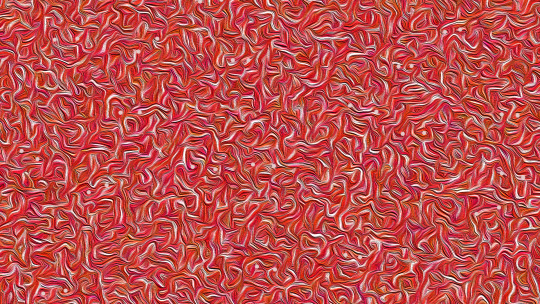
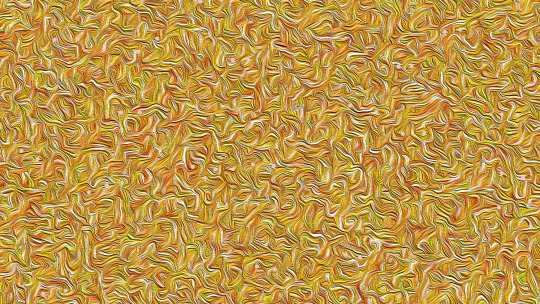
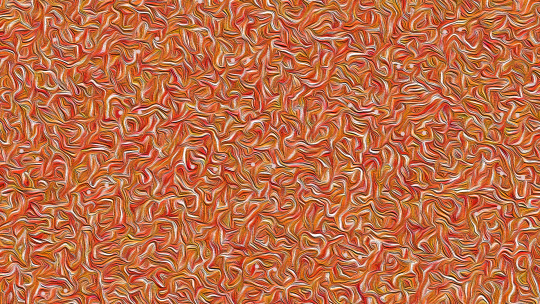


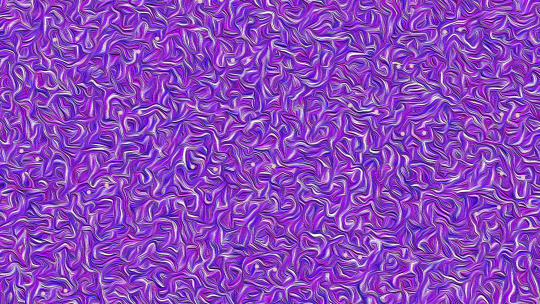


Personally, I think that the faces are more easily spotted in the darker colours, namely blue and purple, whereas they are harder to spot in black and white or yellow. It is very fascinating. I need to work on the quality, as when I export them they end up being very pixelated. When I presented it to my teacher, he suggested that I try and make the faces less obvious, so that it is more of a challenge for the audience to spot them. I think this will be very challenging but I am excited to test it out!
I also will create some sort of eerie background track using Adobe Audition that can play in the background while viewers watch my project, which I think will add to the effect of it. I want them to feel both fascinated and unsettled by it. I also really liked a lot of my peers’ works, especially one guy who made a whole moose cutout out of cardboard to project onto, and the girl who had a whole dance routine with projections. My classmates are very talented! I am very excited to see how the final works turn out!
0 notes
Text
Structural FIlm precedents
Micah Weber- Exit Mirror
Joseph Bernard- Night Mix
Malcolm le Grice- Little Dog for Roger or Berlin Horse
Man Ray- The Return of Reason
Peter Greenaway- The Falls
Jonas Mekas- Outtakes from the life of a happy man
George Maciunas- End After 9
Peter Gidal
Stan Brakhage
Paul Sharits
0 notes
Photo

Malcolm Le Grice - 1972
1K notes
·
View notes
Photo
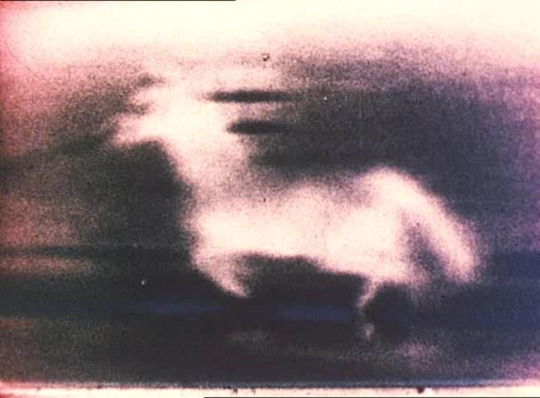
Malcolm Le Grice - Berlin Horse (1970)
1K notes
·
View notes
Photo

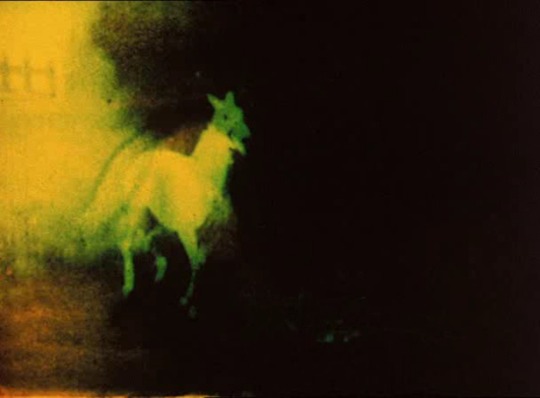
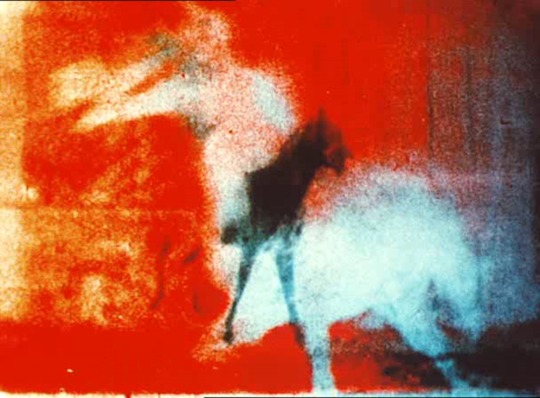


Malcolm Le Grice - Berlin Horse (1970)
137 notes
·
View notes
Photo
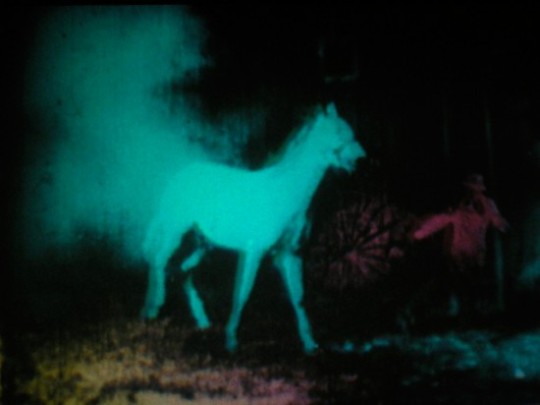
Film du Jour: Berlin Horse - 1970 - Malcolm Le Grice
1 note
·
View note
Photo

I'm sat in Malcom Le Grice's latest exhibition, and I am currently very confused by what I'm seeing here. Certainly belongs in the Tate Modern.
2 notes
·
View notes
Photo
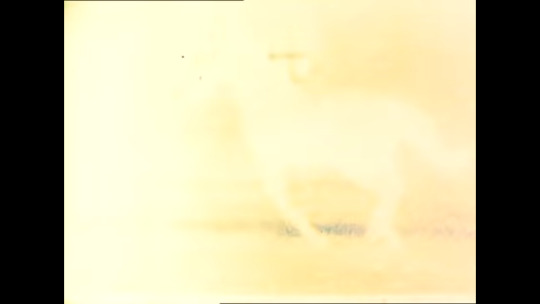

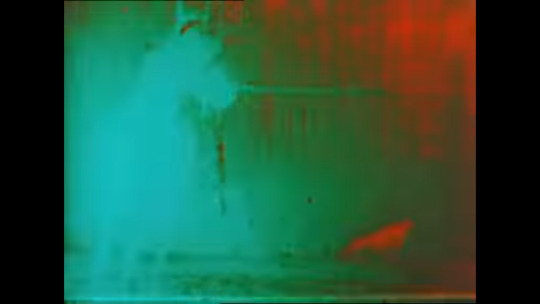


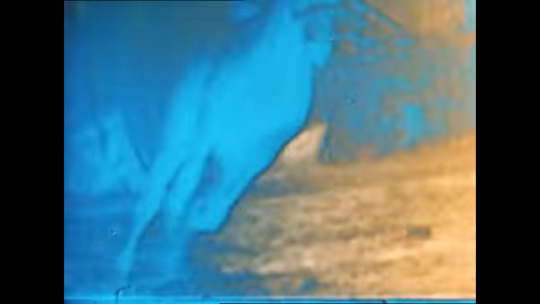
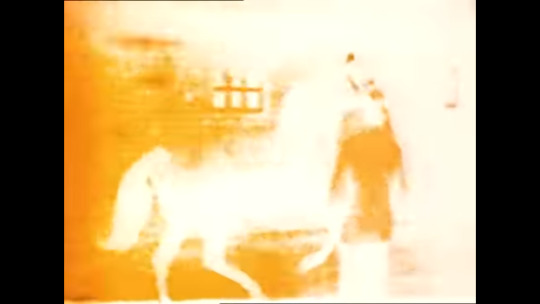

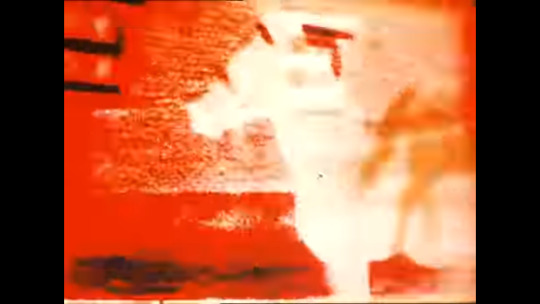
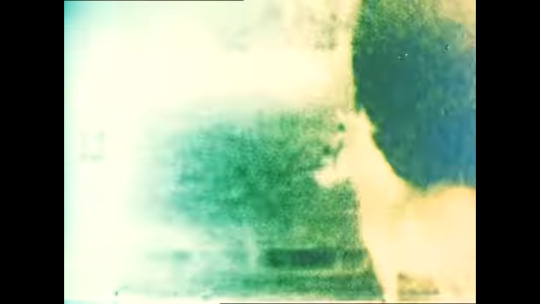
Berlin Horse (Malcolm Le Grice, 1970)
0 notes
Video
youtube
Berlin Horse, Malcolm Le Grice
5 notes
·
View notes
Photo




Isaac Julien
Isaac Julien is a British film producer and conceptual artist and a founding member of the black film and video workshop, Sankofa, which produced his award-winning drama-documentary Looking for Langston (1989) about the African-American poet Langston Hughes. His first feature film Young Soul Rebels (1991) won him international acclaim and he was also nominated for the 2001 Turner Prize for his films Vagabondia and The Long Road to Mazatla, made with choreographer and dancer Javier de Frutos. His work is held in many international collections such as Tate (London), the Museum of Modern Art (New York) and the Centre Pompidou (Paris). He was awarded a CBE in the Queen's birthday honours, 2017
In 1980, Julien organised the Sankofa Film and Video Collective with Martina Attille, Maureen Blackwood, Nadine Marsh-Edwards, and Robert Crusz as a response to the social unrest in Britain- Sankofa was "dedicated to developing an independent black film culture in the areas of production, exhibition and audience". He had received a BA in fine-art film from Central Saint Martins School of Art, London (1984) where he worked alongside artists like Sandra Lahire, Malcolm Le Grice, Lis Rhodes, Vera Neubauer, Tina Keane and went on to complete his postdoctoral studies at Les entrepreneurs de l'audiovisuel européen, Brussels (1989).
Julien first gained recognition in the film world with his 1989 drama-documentary Looking for Langston, gaining a cult following with this poetic exploration of Langston Hughes and the Harlem Renaissance. He again explored the Harlem Renaissance in his film Young Soul Rebels which won the Semaine de la Critique prize for best film at the Cannes Film Festival in 1991.
One of the key objectives of Julien's work is to break down the barriers that exist between different art disciplines, drawing from and commenting on film, dance, photography, music, theatre, painting and sculpture, and combining these to construct a powerfully visual narrative. Much of his work directly relates to the experiences of black and gay identity (he is himself gay), covering the issues of class, sexuality, and artistic and cultural history. He was nominated for the Turner Prize in 2001, and in 2003 he won the Grand Jury Prize at the Kunstfilm Biennale in Cologne for his single screen version of Baltimore. Julien is also a documentary filmmaker and is best known for BaadAsssss Cinema, a film on the history and influence of blaxploitation cinema.
6 notes
·
View notes
Video
youtube
Currently reading Malcolm Le Grice’s ‘Experimenta; Cinema in the Digital Age’. I’ve seen this work before but never knew it was by Malcolm. Came across it again and it still mesmerises me.
The first few times I saw this I always thought it sounded like something Brian Eno would’ve made. Turns out he did.
0 notes




